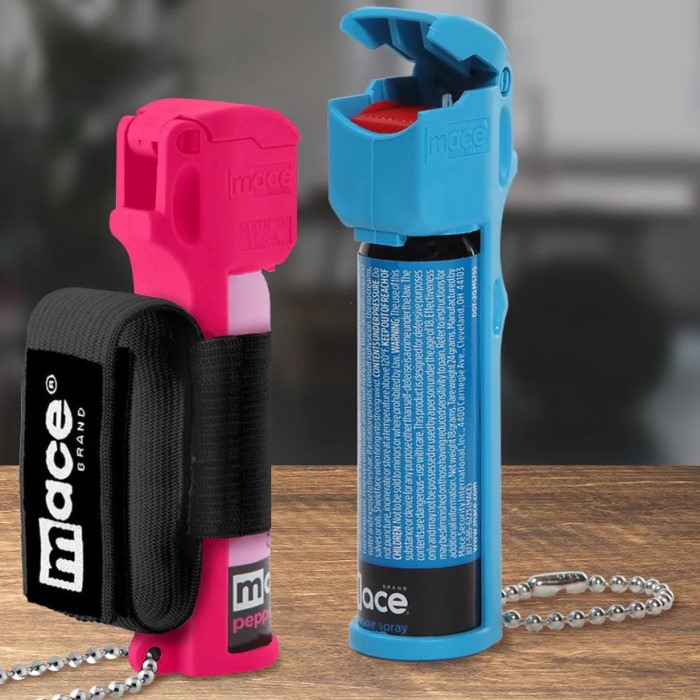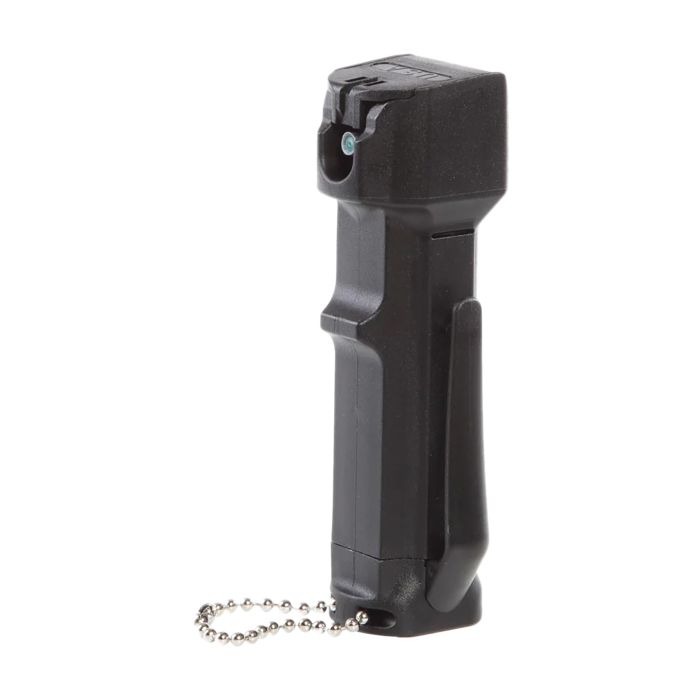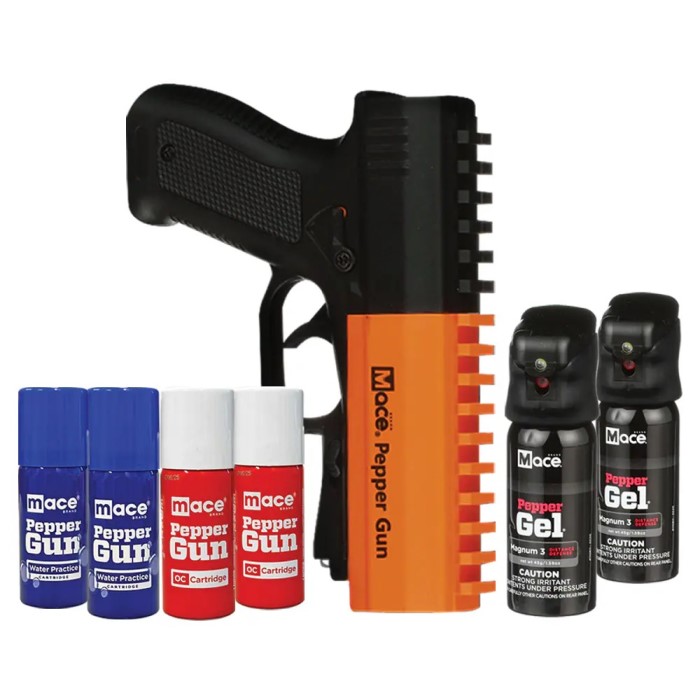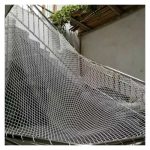Introduction to Mace and Pepper Spray
As self-defense products become increasingly popular in today’s world, many individuals find themselves asking the question: Is mace the same as pepper spray? Understanding the differences between these products is essential for anyone considering options for personal safety. While they are often used interchangeably in casual conversation, mace and pepper spray possess distinct properties, applications, and effectiveness. This blog will explore what each product entails, their respective uses, and current trends in self-defense to clarify their roles in personal protection.

Understanding the Basics of Mace and Pepper Spray
Let’s first delve into the fundamentals of each product to grasp what makes them unique.
Mace: A Traditional Self-Defense Solution
Traditionally, mace refers to a self-defense spray that contains a combination of irritants, which may include tear gas and other chemical compounds. Mace has historically been utilized for crowd control and personal safety, but formulations have evolved.
- Composition: The original mace products contained a chemical agent called CS gas, which is a riot control agent. However, some modern formulations incorporate oleoresin capsicum (OC), which is the active ingredient in pepper spray. This blending of ingredients confuses many users and leads them to ask whether they are the same.
- Effectiveness: Mace can temporarily disorient an attacker, causing discomfort and disarray. However, its effectiveness can vary based on the assailant’s physical state. If someone is under the influence of drugs or alcohol, mace may not incapacitate them effectively.
Pepper Spray: A Powerful Self-Defense Tool
Pepper spray is a more modern iteration of self-defense products and is renowned for its effectiveness.
Composition
- Active Ingredient: Pepper spray primarily consists of oleoresin capsicum (OC), which is a natural extract from hot peppers like cayenne and chili peppers. This compound is known for its strong irritant properties.
- Effects on the Body: When sprayed, oleoresin capsicum causes intense irritation, leading to immediate reactions in the eyes, such as redness, swelling, and temporary vision impairment. It can also induce respiratory difficulties, as inhalation can cause coughing, choking, and difficulty breathing.
- Skin Reaction: The compound produces an overwhelming burning sensation upon contact with the skin. This reaction can vary based on individual sensitivity, but in general, it can cause extreme discomfort, prompting an assailant to withdraw.
- Concentration Levels: Different formulations of pepper spray may contain varying concentrations of OC. Higher concentrations typically result in a stronger and more effective product, but users should choose based on their comfort and experience levels in handling such items.
Effectiveness
- Reliability in Self-Defense: Users often report that pepper spray is highly reliable in self-defense scenarios. The intense pain caused by OC can incapacitate an attacker quickly and effectively.
- Mechanism of Action: The active ingredient is specifically designed to cause significant pain and temporary blindness. When sprayed directly at an attacker’s face, it targets the eyes, causing an immediate reaction that hinders their ability to see and retaliate.
- Time to Escape: The incapacitating effects of pepper spray grant the user crucial time to escape a threatening situation. In moments of danger, this window of opportunity can be critical for personal safety, allowing individuals to reach safety or seek help.
- Impact on Different Situations: Pepper spray is effective against a wide range of aggressors, including humans and aggressive animals. Its formulation ensures that it works in various conditions, although factors such as wind direction can affect its deployment.
Legal Considerations
- Widespread Acceptance: Due to its effectiveness, pepper spray is widely accepted and utilized by both civilians and law enforcement agencies. This acceptance is reflected in its availability in many retail outlets.
- Variability by Jurisdiction: However, it is essential to be aware of the laws governing the usage, purchase, and carry of pepper spray in various jurisdictions. Laws can differ widely from one region to another, and what is legal in one place may be regulated or prohibited in another.
- Permits and Regulations: Some areas may require permits for carrying pepper spray or may restrict its use to specific situations. Understanding these regulations helps individuals comply with local laws and avoid potential legal repercussions.
- Training Requirements: In some jurisdictions, training in the use of pepper spray may also be required. This ensures that users know how to handle the product correctly and use it responsibly, reducing risks for both the user and potential assailants.
- Post-Usage Consequences: Users should also be aware of the potential legal consequences of deploying pepper spray. If used improperly or unnecessarily, it may lead to criminal charges or civil lawsuits, making it vital to understand the legal framework surrounding self-defense measures.
Key Differences: Is Mace the Same as Pepper Spray?
Is mace the same as pepper spray? To answer the question directly, no, mace is not the same as pepper spray. While both aim to provide personal safety, their compositions, effectiveness, applications, and legal status differ significantly. Understanding these differences is crucial for making informed decisions about self-defense options.
Composition Differences
- Mace: Older formulations of mace contain CS gas or other irritants. This agent can produce adverse effects but may not incapacitate individuals as effectively as OC.
- Pepper Spray: Exclusively uses oleoresin capsicum as its active ingredient, designed to momentarily incapacitate an assailant.
Effectiveness Comparison
- Mace: While effective against some attackers, mace loses its potency against those who are altered by substances.
- Pepper Spray: Generally more effective against a range of aggressors, especially those under physical or mental duress, due to its intense reaction.
Intended Use
- Mace: Historically used for crowd control, its application is less focused on personal safety in one-on-one confrontations.
- Pepper Spray: Specifically designed for individual self-defense, making it more suitable for personal safety situations.
The Role of Legal Considerations in Mace and Pepper Spray Use
As prospective self-defense product users weigh their options, legal factors come into play. Different regions have varying laws regarding the possession, purchase, and use of mace and pepper spray.
Self-Defense Laws
- It is vital to familiarize yourself with local, state, and federal laws that govern the use of self-defense products. In many cases, carrying mace and pepper spray is legal, but stipulations regarding usage may vary.
Training and Responsibility
- Individuals who choose to carry self-defense tools must understand the responsibilities associated with their use. Taking self-defense classes or training on how to effectively use these products can enhance personal safety.
Accountability in Use of Force
- Self-defense laws vary based on location, and what constitutes permissible use of mace or pepper spray can differ. Knowing when and how to deploy these items is crucial to navigating legal landscapes.
Current Market Trends in Self-Defense Products
As self-defense becomes a more pressing concern for many, new trends arise, influencing product development and public awareness.
Increased Interest in Personal Safety
- In recent years, locking down safety in public spaces has prompted more consumers to seek effective self-defense products. Both mace and pepper spray have seen increased sales due to heightened awareness of personal safety needs.
Technology Integration
- Many modern self-defense products have begun to feature smart technology, including alarms and GPS tracking. Such advancements can enhance the effectiveness of pepper spray and mace, providing additional layers of safety.
DIY and Eco-Friendly Products
- A rising trend is the production of eco-friendly self-defense products. Some users seek sustainable solutions, resulting in increased demand for non-toxic formulations of pepper spray, which maintain effectiveness while prioritizing environmental health.
Frequently Asked Questions (FAQs)
To further educate readers, let’s address some common questions related to mace and pepper spray.
Which is stronger, mace or pepper spray?
Generally speaking, pepper spray is considered stronger than traditional mace due to its high concentration of oleoresin capsicum. This ingredient delivers a more potent reaction and is more likely to incapacitate an assailant.
Do police carry mace or pepper spray?
Most law enforcement agencies opt for pepper spray over mace. It is widely accepted as a more appropriate and effective tool for subduing suspects without causing lasting harm.
Why do people call pepper spray mace?
Historically, the term “mace” referred to various self-defense sprays, including those containing pepper. This confusion has lingered, leading to miscommunication about the products.
Is pepper spray made from mace?
While the original formulations of mace did not include OC, the term has become synonymous with self-defense sprays. Current products labeled as mace may include pepper components, but they are distinct in composition.
Conclusion: Making Informed Choices in Self-Defense
Is mace the same as pepper spray? In conclusion, understanding whether mace is the same as pepper spray is vital for anyone looking to enhance their personal safety. By exploring their unique compositions, effectiveness, and legal considerations, buyers can make informed decisions that suit their specific needs.
When considering self-defense products, take the time to investigate both mace and pepper spray carefully. The current trends in personal safety underscore the importance of being well-informed and aware of your options. Knowledge is power, and when it comes to personal safety, being equipped with the right self-defense tool can make all the difference in emergency situations. Always prioritize education, understanding, and responsibility as you navigate the world of self-defense, ensuring that you are prepared for whatever circumstances may arise. With this knowledge, you can approach purchasing your self-defense tool with confidence.




